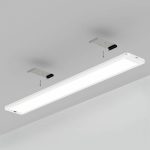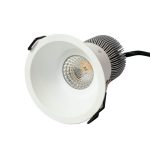LED Light Bulb Not Working? Here’s How to Fix It in 5 Easy Steps
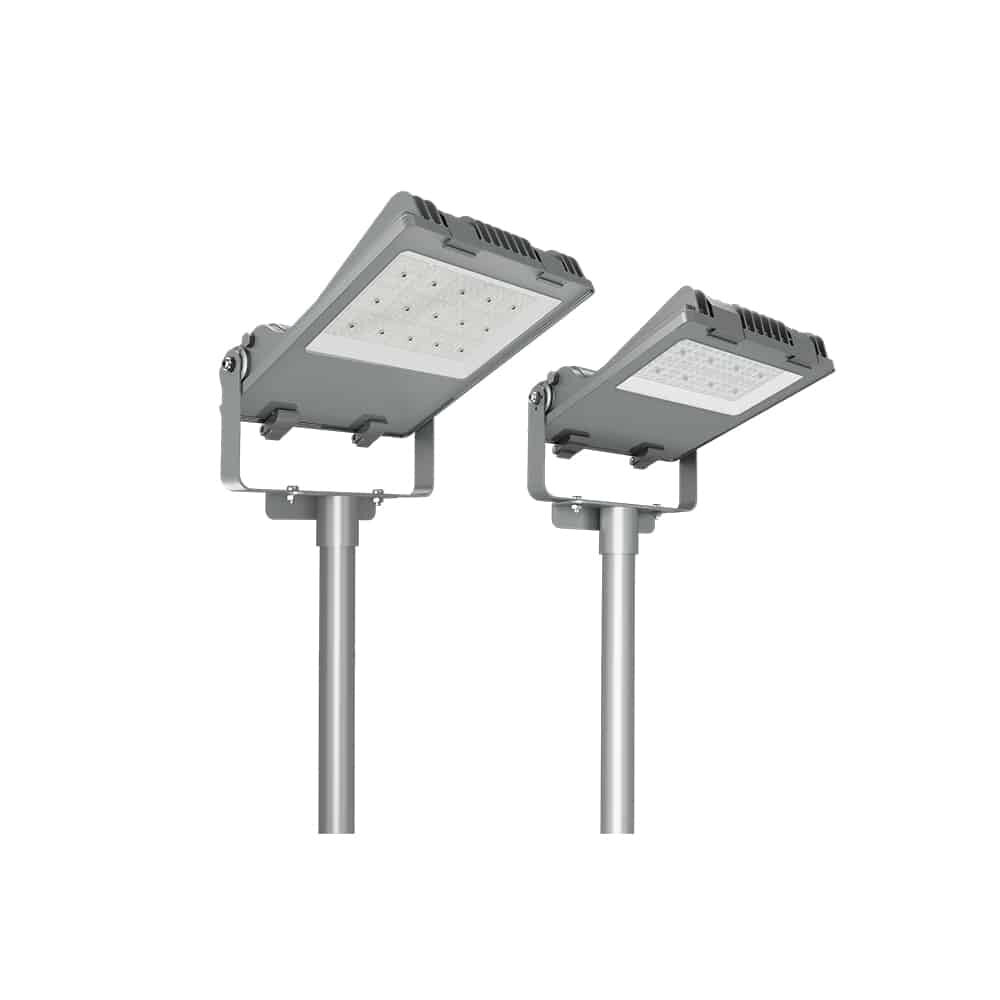
Light emitting diode (LED) bulbs have become increasingly popular over the years due to their energy efficiency, longevity, and bright illumination. These bulbs are designed to last for several years before needing a replacement, but occasionally, they may fail to work, just like any other electrical device. When your LED light bulb stops working, it can be frustrating, especially if you don’t know how to fix the problem. However, you don’t need to panic or rush to the store to buy a new bulb. In this article, we will guide you through the five easy steps to fix your LED light bulb and save you money on replacements. Before attempting to fix an LED light bulb, it’s important to understand some basic principles about how they work. LED bulbs convert electrical energy into light using a semiconductor material that emits photons when stimulated by an electric current. Unlike traditional incandescent bulbs, LED bulbs do not have a filament that can burn out, and they do not get hot to the touch. However, LED bulbs are still susceptible to electrical issues such as voltage fluctuations, power surges, and incorrect installation. By following these five easy steps, you should be able to identify and fix most common problems that may cause your LED bulb to stop working.
LED light bulbs, or light-emitting diode bulbs, are a highly energy-efficient and durable alternative to traditional incandescent bulbs. LED bulbs use less energy, emit less heat, and last much longer than incandescent bulbs. They also come in a variety of colors and can be dimmed, making them a versatile option for any lighting needs. LED bulbs are also environmentally friendly, as they do not contain harmful chemicals like mercury and are 100% recyclable. By switching to LED bulbs, consumers can save money on their energy bills and reduce their carbon footprint, making them a smart and responsible choice for any home or business.
There are various reasons why LED light bulbs may stop working, and it can be frustrating to deal with. One of the most common reasons is overheating, which can cause the bulb to burn out prematurely. Another reason could be a faulty driver, which is responsible for regulating the power supply to the bulb. In some cases, the bulb may be incompatible with the fixture it’s installed in, or the wiring may be faulty. Additionally, if the bulb is exposed to moisture or humidity, it can cause damage to the electrical components, leading to malfunction or failure. It’s important to identify the cause of the issue before attempting to fix it, as the solution may vary depending on the problem.
Step 1: Check the Power Source
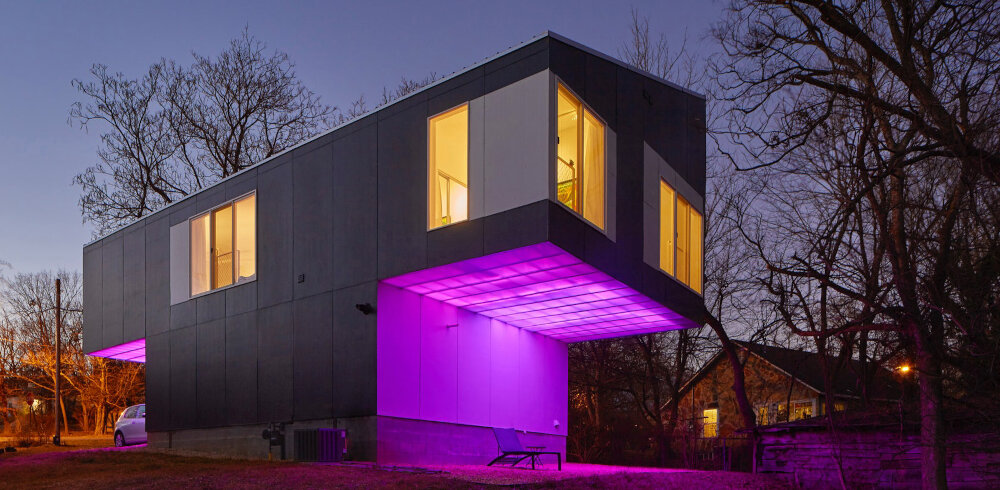
One of the most common reasons for an LED light bulb not working is a problem with the power source. Before you start troubleshooting any other potential issues, it’s essential to check that your bulb is receiving power. Start by checking that the light switch is turned on, and if it is, try turning it off and on again to ensure it’s functioning correctly. If the switch is working correctly, check the power source by plugging in another device, such as a phone charger, to see if it’s receiving power. If the device works, the problem may lie with the bulb itself, but if the device doesn’t work, the issue may be with the power source. Another potential issue with the power source could be a tripped circuit breaker. Check your home’s circuit breaker box to see if any circuits have been tripped, and reset any that have. If the circuit breaker keeps tripping, it may indicate a more significant electrical issue that requires the attention of a professional electrician. By checking the power source first, you can quickly rule out any issues that may be unrelated to the LED light bulb and move on to other potential causes of the problem.
If your LED light bulb is not turning on, the first thing to check is the power source. Begin by checking if the bulb is properly screwed in and if the socket is receiving power. If the socket is working correctly, try plugging in another device to confirm that the outlet is working. If the outlet is not providing power, check the circuit breaker to see if it has tripped. If the circuit breaker has tripped, reset it and try turning on the light again. If the circuit breaker is not the issue, try plugging the light bulb into a different outlet to see if it turns on. If the light bulb works in a different outlet, the issue may be with the original outlet. By checking the power source, you can determine if it is the root cause of the LED light bulb not working.
If you’re dealing with power source problems while trying to fix a non-working LED light bulb, there are a few troubleshooting tips that might come in handy. First, check if the bulb is screwed in tightly, as a loose connection can cause it to malfunction. If that doesn’t work, try replacing the bulb with a known working one to see if it’s a problem with the bulb itself. Additionally, check if the circuit breaker has tripped or if a fuse has blown, which could be the cause of the issue. Make sure to also check the wiring and connections to ensure they’re not damaged or loose. By following these steps, you can identify and resolve any power source problems that may be preventing your LED light bulb from working properly.
Step 2: Examine the Bulb
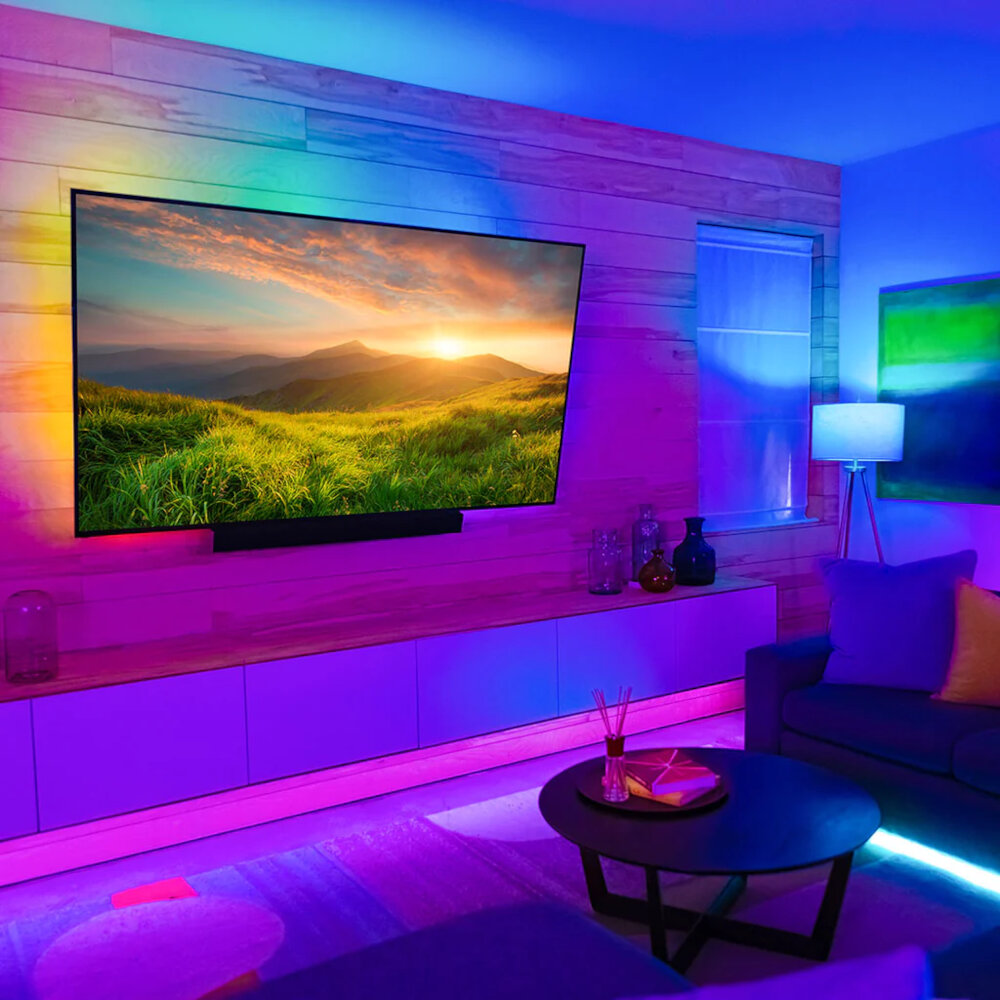
The second step in fixing your LED light bulb is to examine it thoroughly. This involves checking for any visible damage or deformities on the bulb itself. Make sure to turn off the power source and let the bulb cool down before handling it. Carefully inspect the bulb for any cracks, dents, or discoloration. If you notice any of these signs, it could indicate that the bulb is faulty and needs to be replaced. Additionally, check the base of the bulb to ensure it is securely attached to the socket. Loose connections can cause the bulb to malfunction or not turn on at all. Another important aspect to examine is the LED driver. This small device regulates the electricity flowing to the bulb and can be the source of the problem. Look for any signs of damage or burning on the driver. If you find any, it is likely that the driver needs to be replaced. However, if there are no visible issues with the bulb or driver, the problem may lie with the socket or wiring. In this case, it is best to contact a professional electrician to avoid any potential safety hazards. Taking the time to thoroughly examine your LED bulb can help identify the issue and determine the best course of action for fixing it.
When it comes to removing a light bulb from a fixture, safety is of utmost importance. First and foremost, make sure the light switch is turned off before attempting to remove the bulb. If the bulb has been on for a while, let it cool down before touching it. It’s also a good idea to wear gloves or use a cloth to protect your hands and improve grip. Gently twist the bulb counterclockwise until it loosens from the socket. If the bulb is stuck, avoid using excessive force, as this can cause the bulb to break and potentially harm you. Instead, try using a pair of pliers to help twist the bulb out. Once the bulb is safely removed, dispose of it properly and replace it with a new bulb.
A damaged or faulty LED light bulb can cause frustration and inconvenience, but luckily, there are a few tell-tale signs to look out for. One of the most obvious indicators of a problematic bulb is a lack of light output or brightness, which can be caused by a burned-out LED or a loose connection. Additionally, flickering or flashing lights may be a sign of a damaged bulb, as can a buzzing or humming sound. Another common symptom of a faulty bulb is overheating, which can cause the bulb to emit a burning smell or even melt. If you notice any of these signs, it’s important to take action to avoid further damage or safety hazards.
If your LED light bulb is not working, the first thing to check is whether the bulb needs to be replaced. There are a few signs that can indicate this: first, check if the bulb is visibly damaged or broken. If it looks fine, try switching it with a known working bulb from another fixture to see if that solves the problem. Additionally, if the bulb flickers or takes a long time to turn on, it could be a sign that it needs to be replaced. Finally, if the bulb is old or has been used frequently, it may simply be at the end of its lifespan and need to be swapped out for a new one. By checking these factors, you can determine whether the bulb is the issue and take steps to fix it.
Step 3: Inspect the Fixture
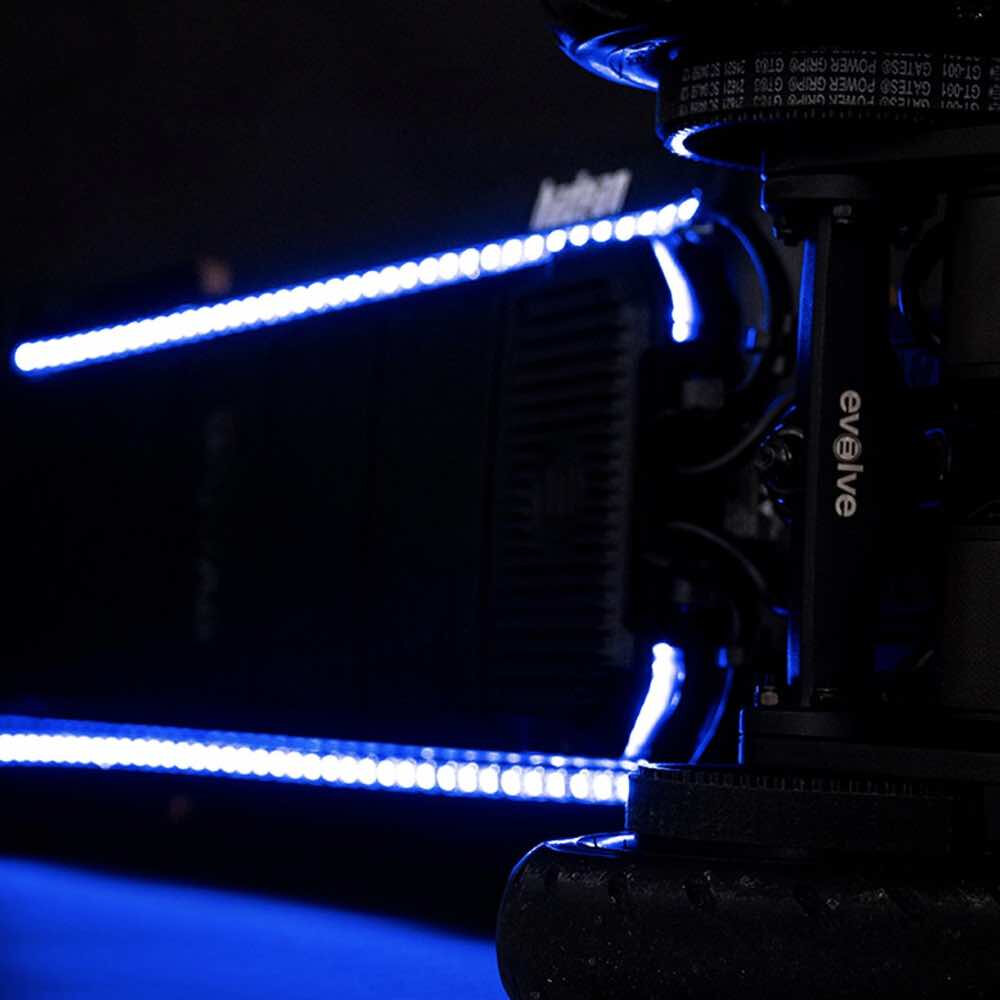
In Step 3 of fixing a non-working LED light bulb, it is important to inspect the fixture thoroughly. This means checking for any loose connections, damaged wires, or burnt-out components. It’s important to turn off the power supply to the fixture before inspecting it, to avoid any electrical shock or injury. Once the power is off, remove the light bulb from the fixture and carefully examine the fixture itself for any signs of damage or wear and tear. Check if the contacts in the fixture are clean and free from any dirt or debris that may prevent the bulb from making proper contact. If there are any loose or damaged wires, they should be repaired or replaced by a qualified electrician. It is also important to check if the fixture is rated for the LED bulb being used. If the fixture is not compatible with the bulb, it may cause it to malfunction or not work at all. By thoroughly inspecting the fixture, you can identify any issues that may be causing the LED bulb to not work and take the necessary steps to fix it.
Before replacing your LED light bulb, it’s essential to check for any damage or loose connections in the fixture. Firstly, turn off the power supply and remove the bulb. Inspect the base of the bulb for any signs of damage or discoloration, such as blackened or burnt out areas. Additionally, check the fixture’s contacts and make sure they are clean and free of any debris. Use a small brush or cloth to clean the contacts if needed. If the fixture has a dimmer switch, ensure it’s compatible with LED bulbs and set to the correct level. Once you’ve inspected and cleaned the fixture and bulb, reinsert the bulb and turn the power back on.
There are several common fixture problems that can cause LED light bulbs to stop working. One of the most common is a loose connection between the bulb and the fixture. This can be fixed by simply twisting the bulb back into place or tightening the fixture’s screws. Another problem that can cause LED bulbs to fail is a faulty circuit or wiring. In this case, it is best to replace the entire fixture. Finally, if the bulb is flickering or dimming, it may be due to a faulty dimmer switch or incompatible dimming system. In this case, it is important to check the manufacturer’s specifications to ensure that the bulb is compatible with the dimming system being used. By identifying and addressing these common fixture problems, LED light bulbs can be restored to their full functionality in no time.
Step 4: Test the Switch
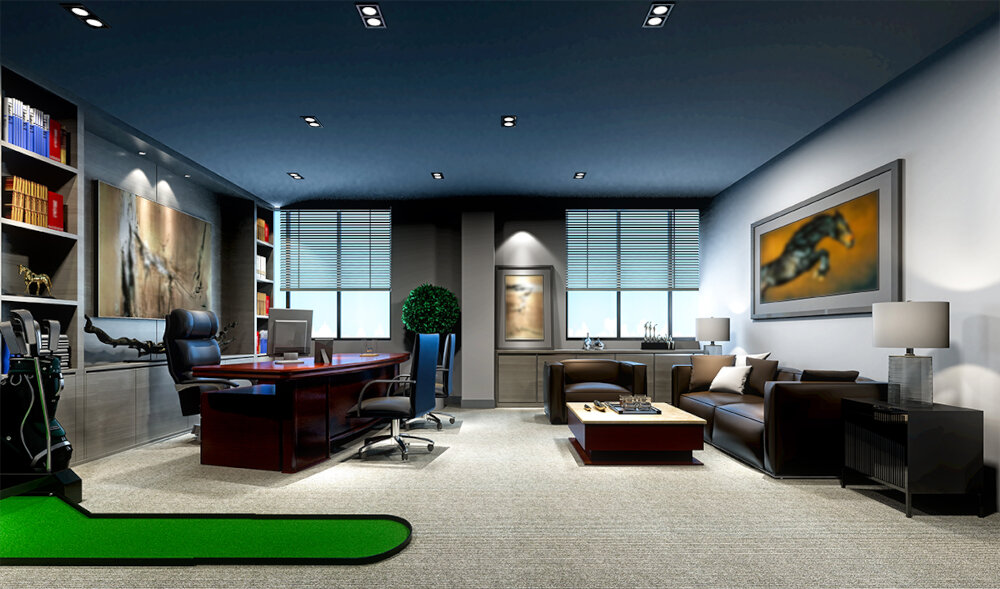
After following the first three steps of troubleshooting an LED light bulb, it’s time to test the switch. A faulty switch can be the cause of the problem, so it’s crucial to check it thoroughly. First, turn off the power to the light bulb by switching off the circuit breaker or unplugging it. Then, remove the switch cover and inspect the wiring connections. Make sure they are secure and not damaged. If any wires are loose or disconnected, reattach them firmly. Next, use a voltmeter to test the switch. Set the voltmeter to the AC voltage setting and touch the probes to the switch terminals. If the switch is working correctly, you should get a reading of 120 volts. If there is no voltage, the switch may be faulty, and it needs to be replaced. However, if the switch is working correctly, you need to move on to the next step of troubleshooting the LED light bulb. Testing the switch is a vital step to ensure that the problem isn’t the switch itself, and it’s a quick and easy process that can help you narrow down the issue.
If your LED light bulb is not working, it could be due to a faulty switch. To check if the switch is the problem, first, turn off the power to the light fixture. Then, remove the switch cover and unscrew the switch from the electrical box. Carefully pull the switch out of the box and check the wiring connections. Make sure that all wires are securely attached and there are no loose or broken connections. Use a multimeter to test the switch for continuity. If the switch does not show continuity, it is likely the source of the problem. Replace the switch with a new one and reassemble the fixture.
When troubleshooting switch issues in relation to LED light bulbs, there are a few key things to keep in mind. First, ensure that the bulb is properly screwed in and making contact with the metal contacts in the socket. If this doesn’t solve the issue, try replacing the bulb with a known working one to test whether the problem lies with the switch or the bulb itself. It’s also important to check the wiring connections at the switch, making sure that all connections are secure and free of any damage or corrosion. If these steps don’t work, it may be time to consider replacing the switch altogether or seeking the help of a professional electrician to diagnose and fix the issue.
Step 5: Call a Professional
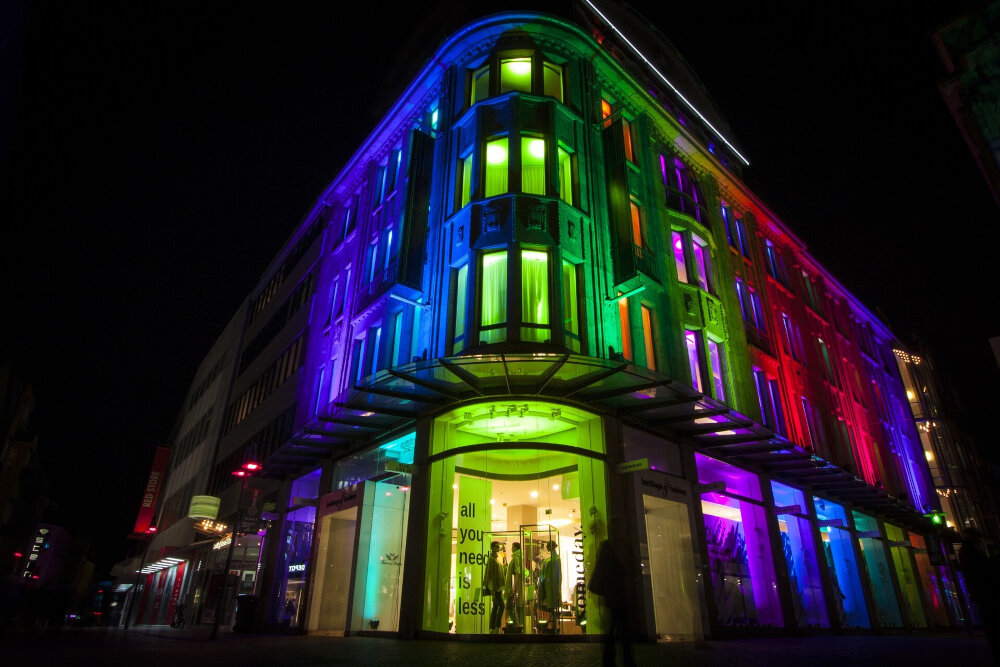
Step 5: Call a Professional is the final step to take when trying to fix a non-working LED light bulb. If all the previous steps have been taken and the bulb still isn’t working, it’s time to call in the experts. A professional electrician will be able to diagnose the issue and provide a solution. Attempting to fix the problem on your own could result in further damage or even injury. It’s important to prioritize safety and seek professional help when necessary. Calling a professional may seem like a hassle, but it’s worth it in the long run. Not only will they be able to fix the issue at hand, but they can also prevent future problems from occurring. A professional can assess the wiring and ensure that everything is up to code. They can also provide advice on the best LED light bulbs to use and how to properly install them. By calling a professional, you can have peace of mind knowing that your lighting is safe and functioning properly.
While attempting to fix an LED light bulb that’s not working, it’s crucial to know when to call a professional electrician. If you’ve followed the steps outlined in the article and the issue persists, it’s best to seek the help of an experienced electrician. Additionally, if you’re dealing with complex electrical systems or are unsure about the cause of the malfunction, it’s best to leave it to the experts. Attempting to fix these issues on your own can be dangerous and may result in further damage or injury. Calling a professional electrician ensures that the issue is resolved safely and effectively, giving you peace of mind.
When it comes to finding a reputable electrician in your area, there are a few steps you can take to ensure you get the best service possible. First, ask friends and family for recommendations as word of mouth is often the best way to find a trustworthy professional. You can also check online reviews and ratings from websites such as Yelp or Angie’s List to see what other customers have experienced. Make sure to verify that the electrician is licensed, insured, and experienced in the type of work you need done. Lastly, don’t be afraid to ask for references or to see examples of their previous work to ensure they are the right fit for your needs. By taking these steps, you can have peace of mind knowing you have found a reputable electrician who will provide you with quality service.
If you’re facing an issue with your LED light bulb not working, don’t worry, it’s a common problem. The good news is, it’s usually easy to fix. By following these five simple steps, you can get your LED light bulb up and running again in no time. First, check the power source to make sure it’s working. Next, inspect the bulb to see if it’s damaged. If it is, replace it. Thirdly, check the socket connections to ensure they’re clean and secure. Fourthly, check the dimmer switch if you have one, as it may need to be replaced or adjusted. Finally, if none of these steps work, try resetting the circuit breaker. By following these steps, you’ll be able to fix your LED light bulb quickly and easily.
In conclusion, taking care of your LED light bulbs is essential to ensure their longevity and efficiency. Regular maintenance, such as cleaning and replacing them when necessary, can help prevent issues from arising in the first place. Additionally, it’s important to handle them with care and avoid exposing them to extreme temperatures or moisture. Lastly, investing in high-quality LED bulbs and using them properly can save you money and energy in the long run. By following these tips, you can enjoy the benefits of LED lighting for years to come.
Conclusion
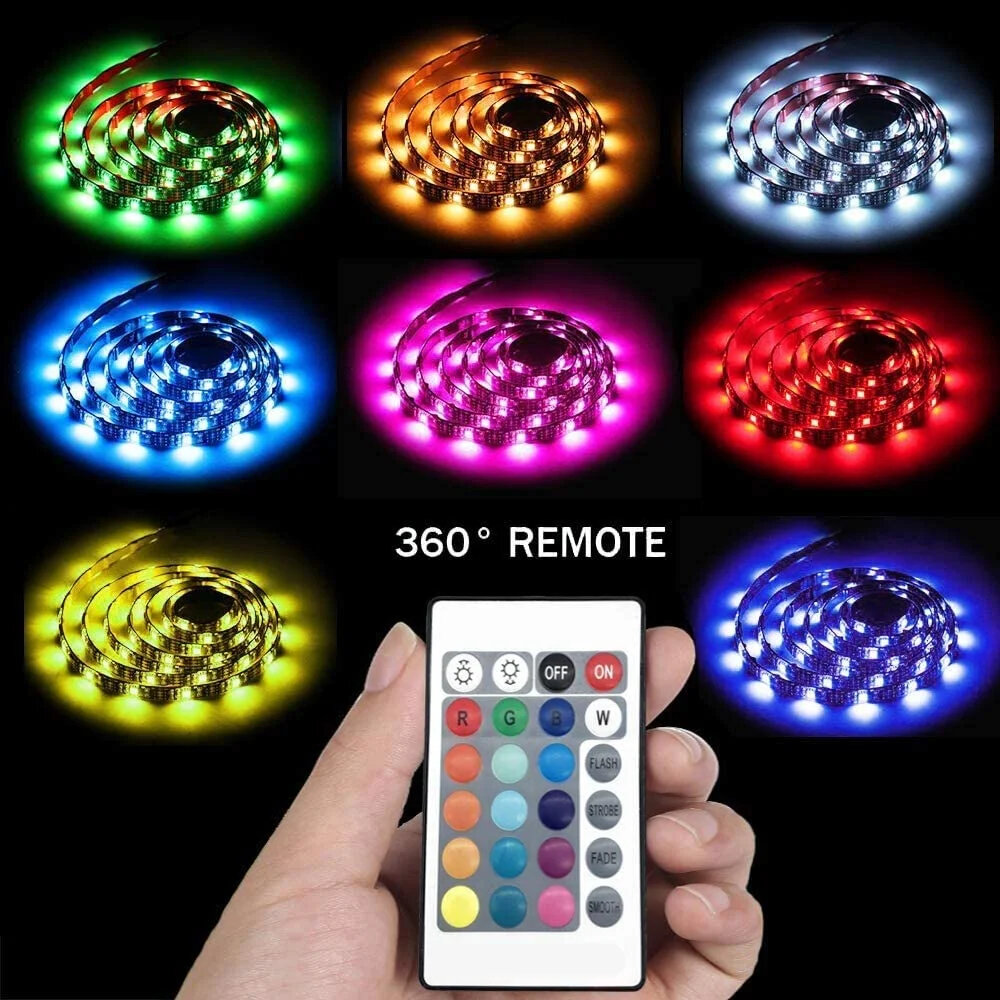
In conclusion, a malfunctioning LED light bulb can be frustrating, but with the right steps, it can be easily fixed without the need for a professional. By identifying the root cause of the problem, checking the connections, and replacing the faulty components, you can restore your LED light bulb to its optimal functionality. It is important to remember to handle the bulb with care and always switch off the power supply before attempting any repairs. With these simple steps, you can save money and reduce waste by fixing your LED light bulb instead of replacing it.


